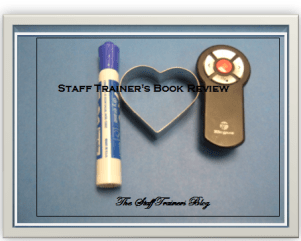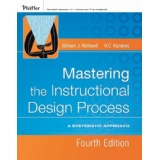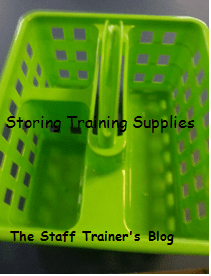
LinkedIn, “The world’s largest professional network, is more than just a site to post your resume and add people to your network. One of the most effective ways to connect with other professionals is by joining one or more of the LinkedIn Groups. Describes by the site as, “a place for professionals in the same industry or similar interest to share content, articles, post , view jobs and make business contacts,” This feature allows you to accomplish big goals by building on your professional success. Through LinkedIn Groups, I have been able to reconnect with previous supervisors and co-workers, learn different ways to approach a training activity, share articles and mentor up and coming younger trainers in my industry.
The key to success is finding the right LinkedIn Groups to join. Although LinkedIn allows you to join up to 50 groups, it is more practical to start small. There is no obligation to stay with any particular group. You always have the option to leave a group and join others. When you do join groups, be clear on your goals. Are you looking to share interesting articles with others in your group? Are you job hunting and looking for leads? You will find that some groups are more interactive than others are. There have been a few groups that I joined and quickly realized that most of the content was self-marketing and self-promotion.
From a learning and development perspective, I found that most groups that I have joined are highly interactive. Below, I gathered a list of groups that include training and development groups as well as groups in the helping industry.
Do you have any groups not listed you would like to suggest? I would love to hear from you.
Association for Talent Development. The Association for Talent Development (ATD). 86,951 members. Formally ASTD, is the largest association dedicated to those who develop talent in organizations.
Chief Learning Officer. 27,845 members. resource for the workplace learning and development industry, provides a network for global enterprise learning environment.
Effective & Fun Training Techniques. 50,036. Sponsored by Trainers warehouse. A great resource for training, ice-breakers and other ideas.
Human Performance Improvement Professionals. 2,252 members. Comprised of Individuals who work in the fields of human performance improvement including trainers, teachers, speakers and authors.
Instructional Design & E-Learning Professional’s Group. 76,334 members. A collection of eLearning articles, concepts, software and e-learning resources.
Learning, Education and Training Professional Group. 172,044 members. A group for training professionals including project managers, instructional designers, developers, learning officers and classroom trainers.
Professional Presenters, Speakers & Trainers. 9,171 members. Provides individuals and businesses the resources to connect with others.
Trainer’s Network. 47,003 members. Designed to develop networking among freelance trainers, corporate trainers and training professionals willing to share their experience.
Non-Profit Groups
Non-Profit Connections. 13,023 members. This group is designed to benefit professionals involved with non-profit organizations to benefit, learn, grow, network and share ideas and help each other.
Non-Profit Management. 20,001 members. A professional and network group for non-profit executives, founders, fundraisers and managers.
Non-Profit Network. 151,833. A non profit network including 8 subgroups.
VMG- For Non-Profit Professionals. 5,804 members. This is a group of non-profit professionals currently employed in the field of non-profit management, program management, volunteer management and fundraising.
Health and Human Services
Health and Human Services. 5,416 members. A global networking group to facilitate the sharing information, strategy and ideas on how we can improve health and human service outcomes for citizens.
Network of Professional Social Workers. 50,530 members. An international association of professional social workers.



















